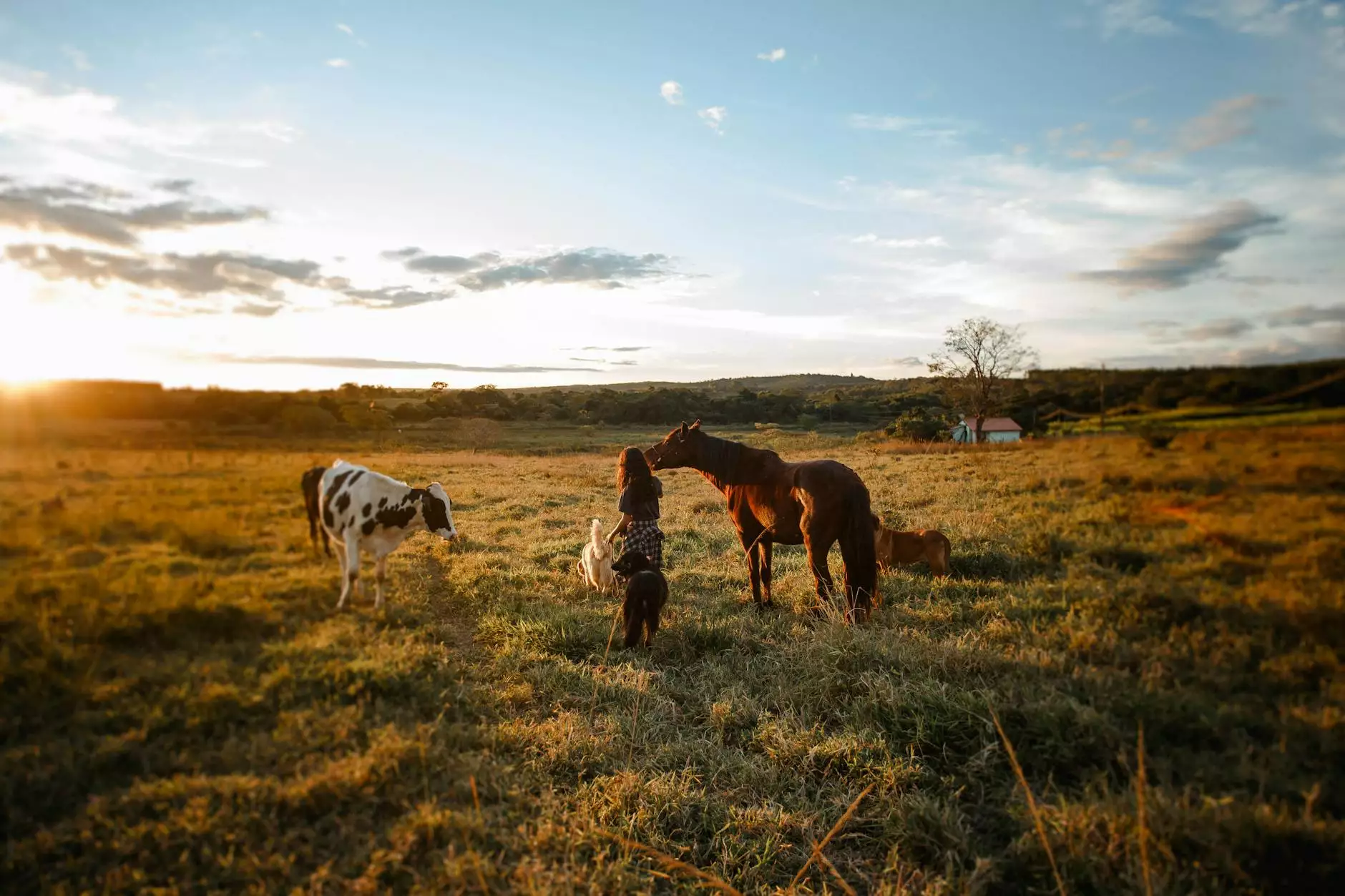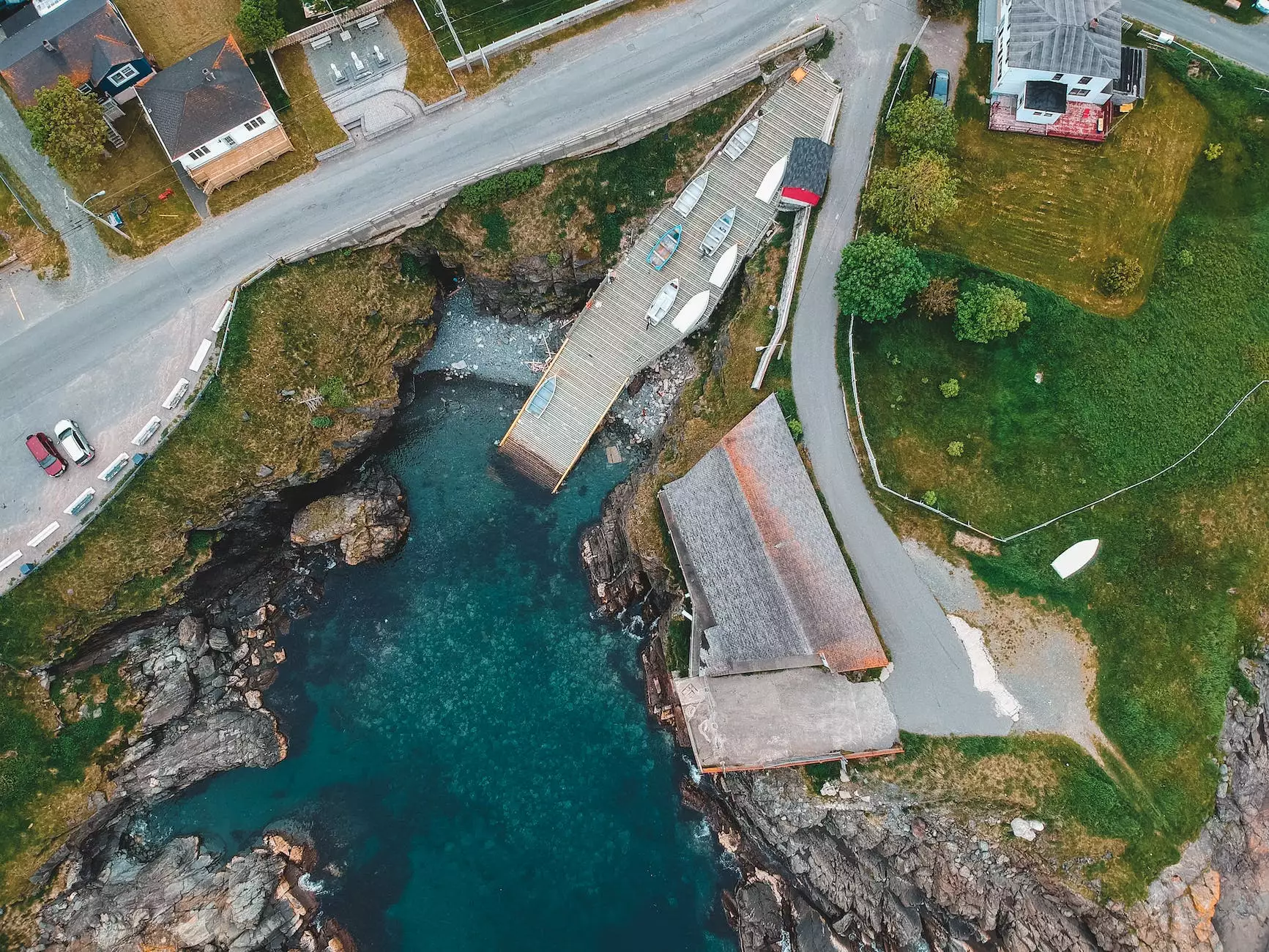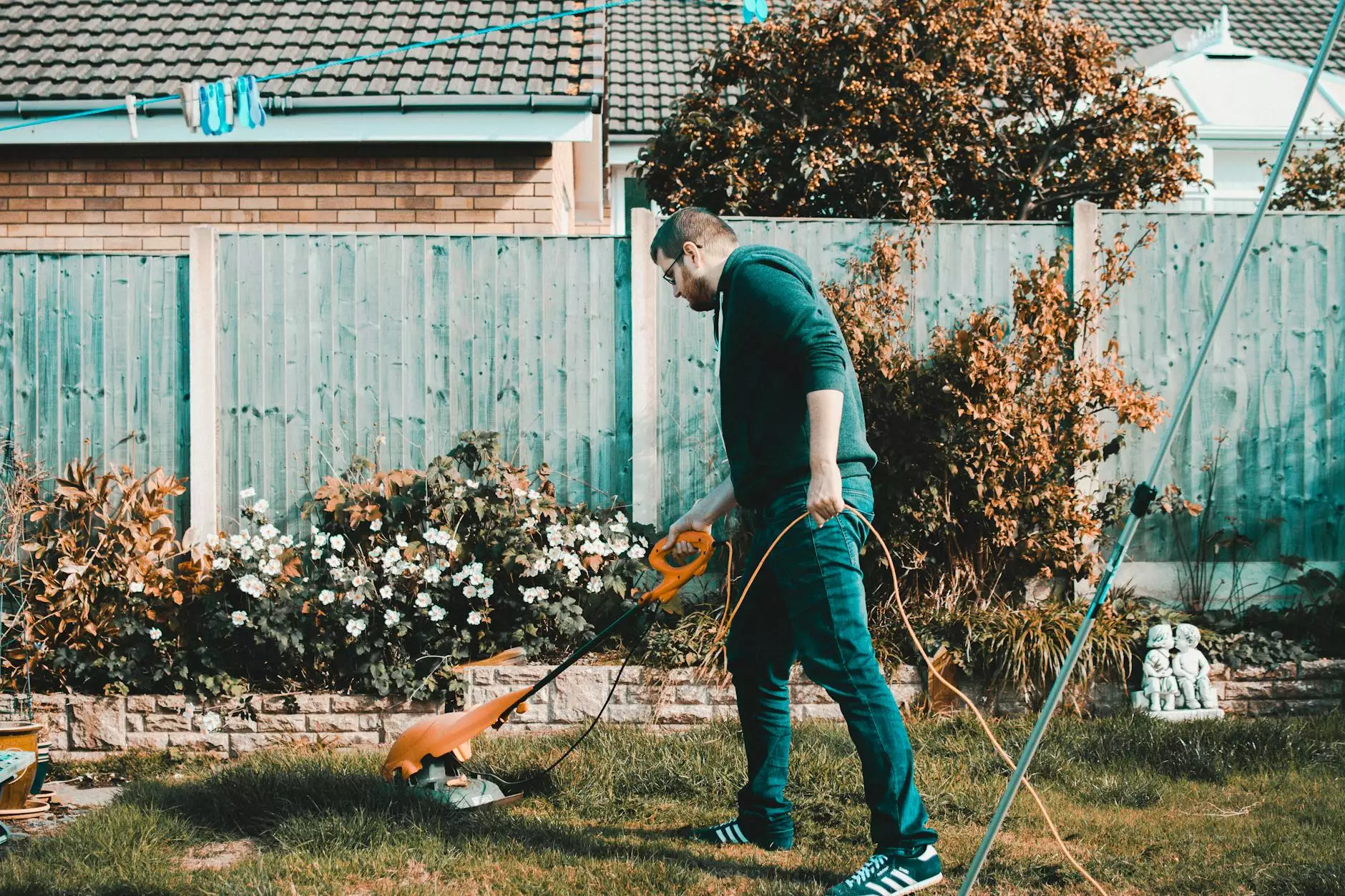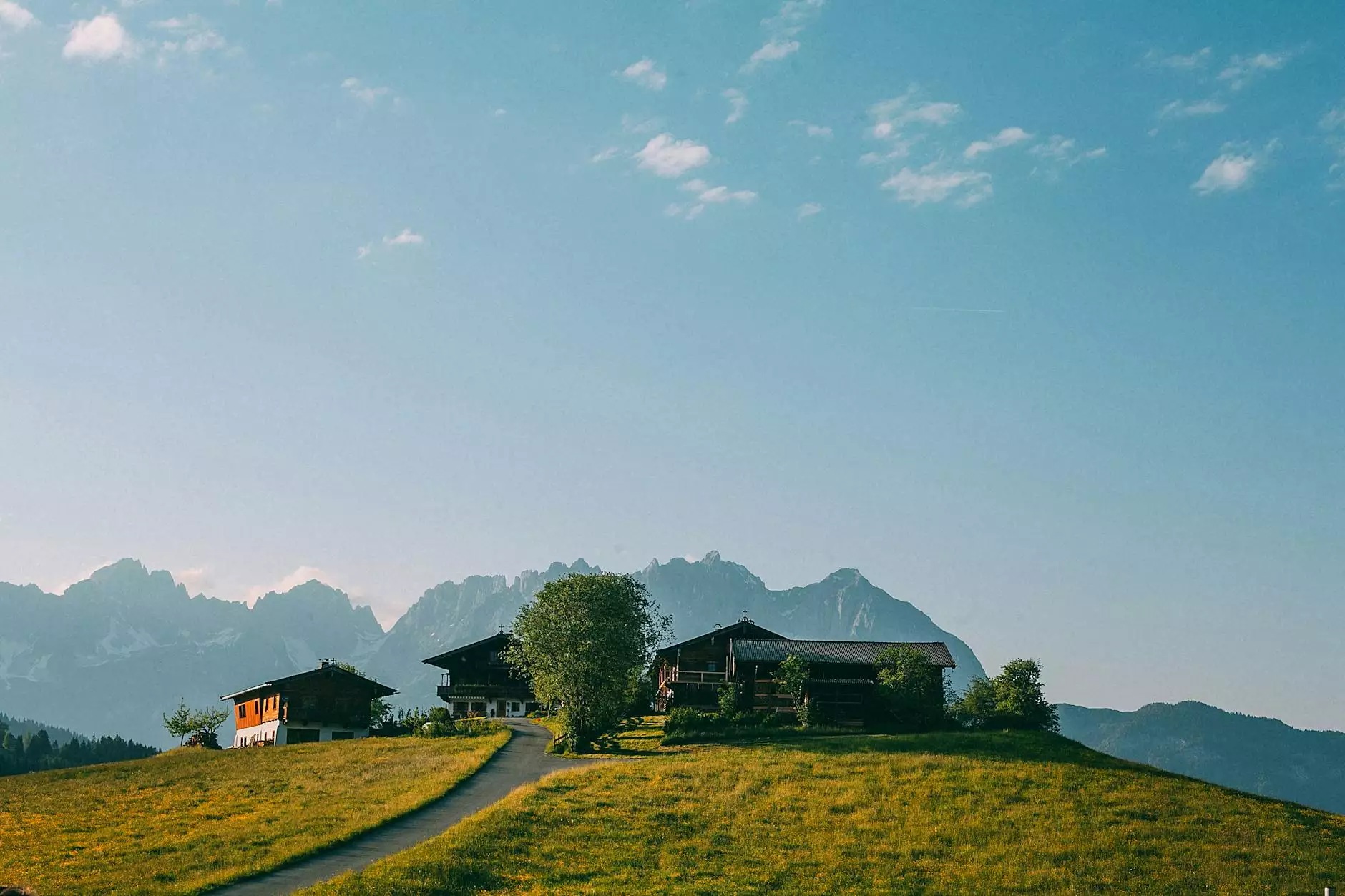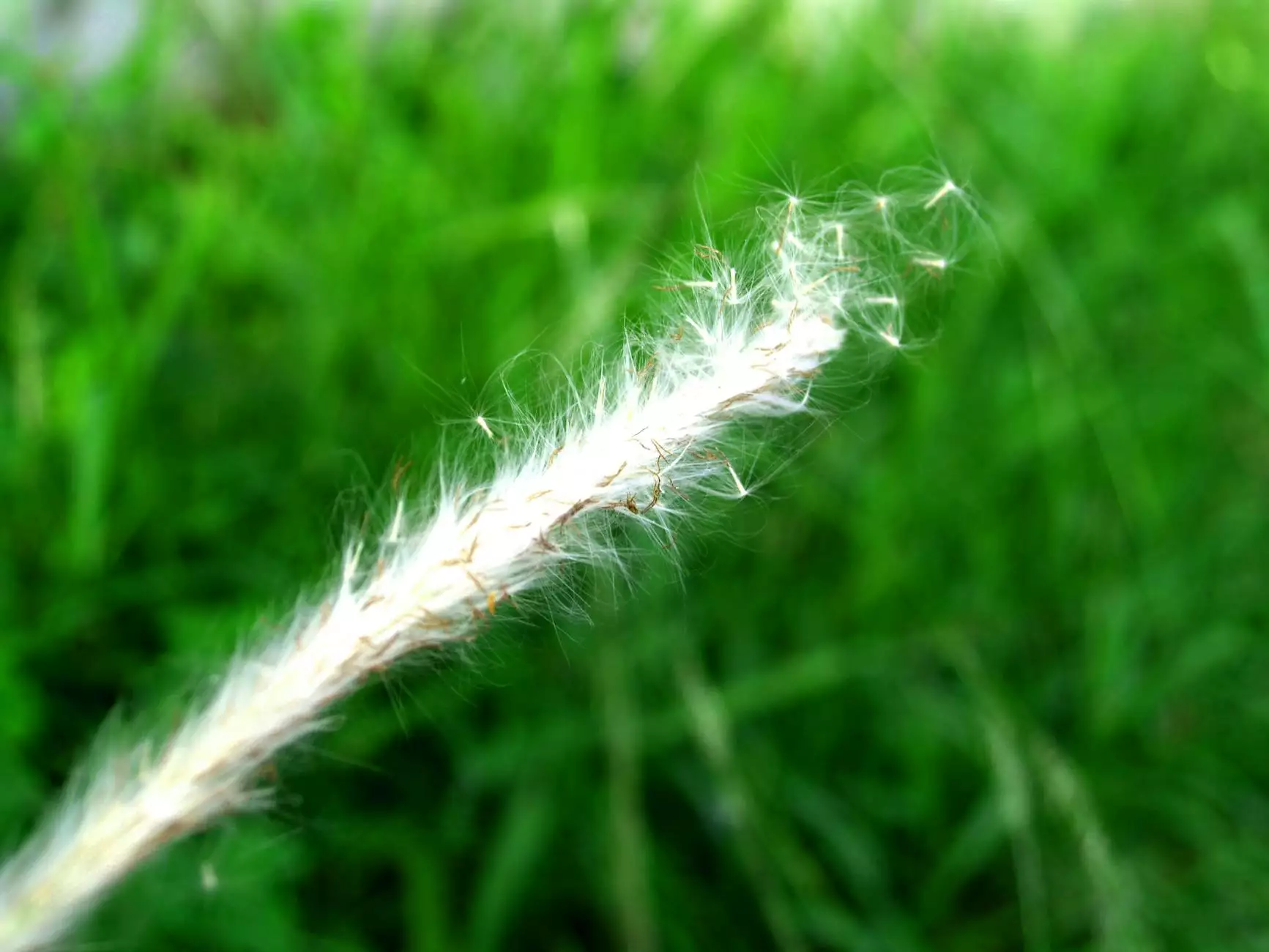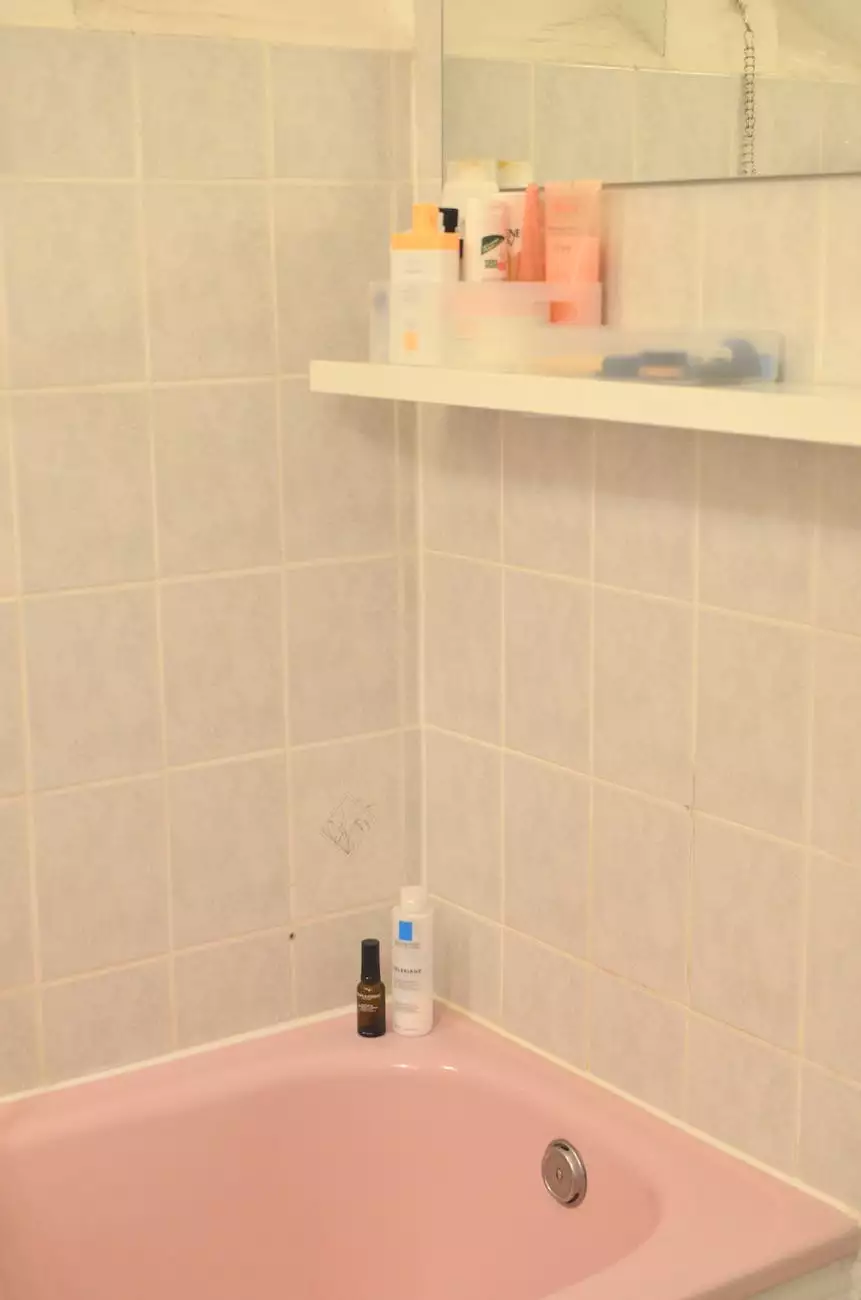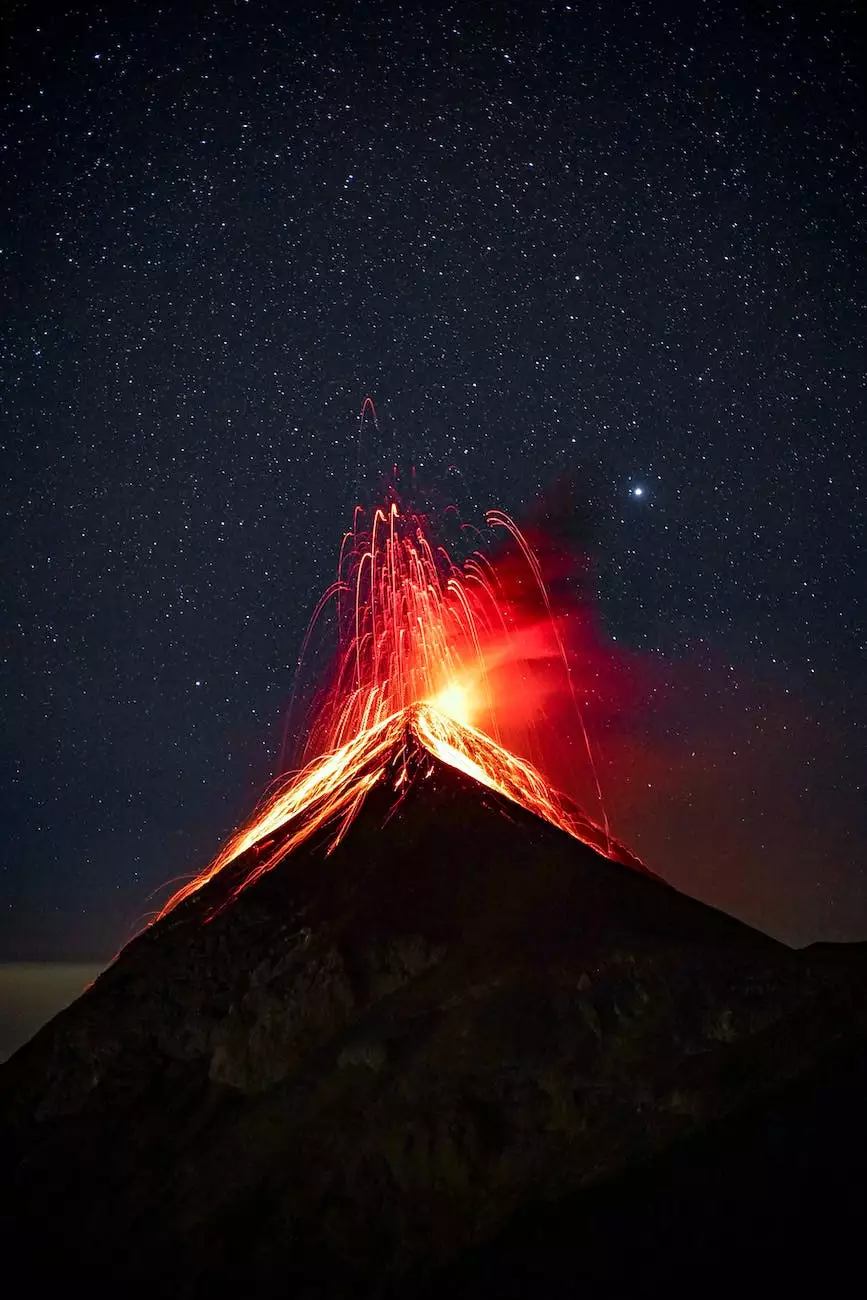5 Signs of Soil Compaction & What to Do About It
Blog
Welcome to Edge My Neighborhood, the go-to resource for all your soil health needs. In this article, we will discuss the signs of soil compaction and provide you with effective solutions to combat this common issue. So, let's dive in!
Understanding Soil Compaction
Soil compaction occurs when the soil particles are compressed together, reducing pore spaces. This process often happens due to heavy foot traffic, construction activities, or improper soil management. Compacted soil can severely affect plant growth and drainage, limiting the ability of roots to access essential nutrients and moisture.
Signs of Soil Compaction
1. Stunted Plant Growth: Compact soil restricts root expansion, leading to poor plant growth and limited nutrient uptake. If you notice slow or stunted growth, it could be a sign of soil compaction.
2. Standing Water: Compacted soil hinders proper drainage, causing water to pool on the surface. If you spot puddles that take a long time to disappear after rain or irrigation, it indicates a compaction issue.
3. Patchy Lawns: Areas of your lawn that appear patchy, thin, or discolored may be suffering from soil compaction. Reduced airflow and water infiltration inhibit healthy grass growth.
4. Increased Runoff: Compacted soil prevents water absorption, resulting in increased runoff and erosion. If you notice excessive water runoff during rainfall, it's a clear indication of soil compaction problems.
5. Hardness and Dryness: Compact soil is often hard and dry, lacking the loose texture required for optimal root growth. If your soil feels rock-hard or refuses to absorb water, it's a sign of compaction.
What to Do About Soil Compaction
1. Aeration: Aerating your soil involves creating small holes to loosen compacted areas. This process enhances airflow, water penetration, and nutrient absorption. Regular aeration can improve soil quality and prevent compaction.
2. Organic Matter: Incorporating organic matter such as compost or well-rotted manure helps improve soil structure and drainage. Organic materials encourage the growth of beneficial microorganisms that assist in breaking down compacted soil.
3. Avoid Heavy Machinery: Minimize the use of heavy machinery on your soil, as their weight can contribute to compaction. If it's necessary to use heavy equipment, consider using temporary protective measures to distribute the weight more evenly.
4. Mulching: Mulching not only conserves moisture but also helps prevent soil compaction. A layer of organic mulch acts as a protective barrier, reducing the impact of heavy rains and foot traffic.
5. Deep Rooting Plants: Planting deep rooting plants, such as perennials or shrubs, can help break up compacted soil with their long root systems. These plants improve soil structure and alleviate compaction over time.
Conclusion
Soil compaction is a common issue that can lead to a host of problems in your garden or landscape. By understanding the signs of soil compaction and implementing effective solutions like aeration, organic matter addition, and careful soil management, you can ensure healthy soil and thriving plants. Remember, Edge My Neighborhood is here to help you with all your soil-related queries. Stay tuned for more informative articles and expert advice!



